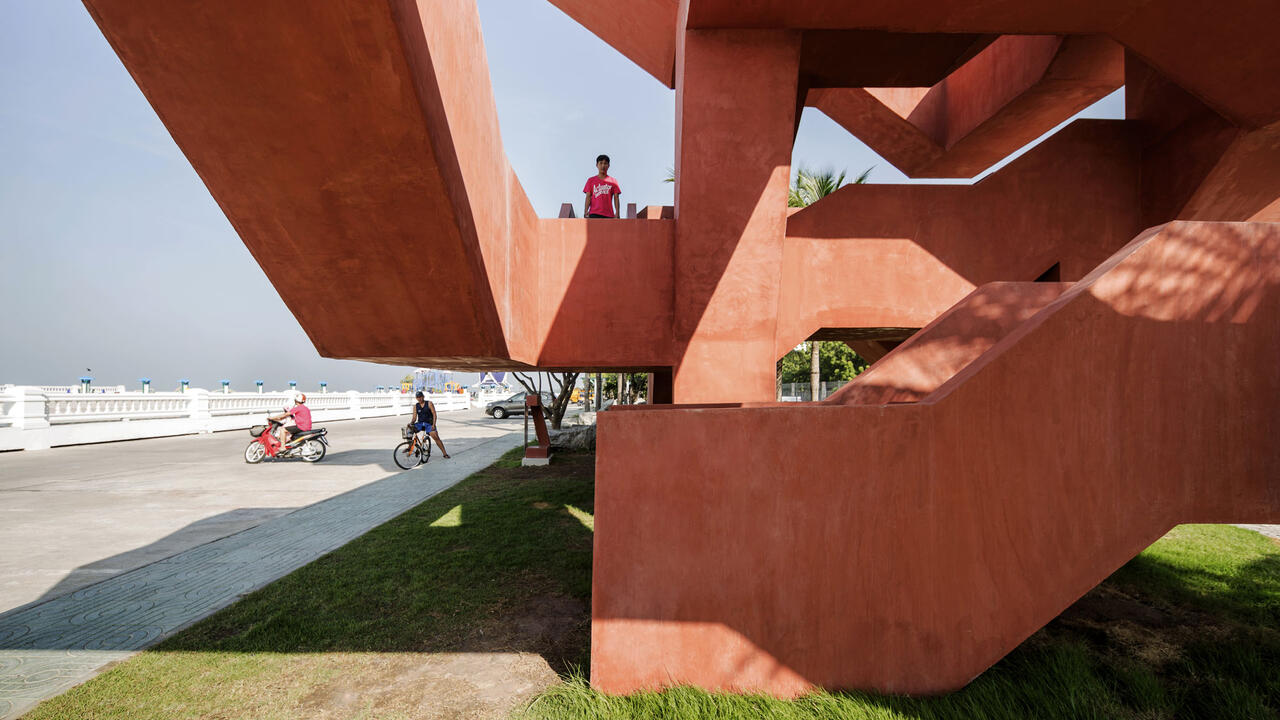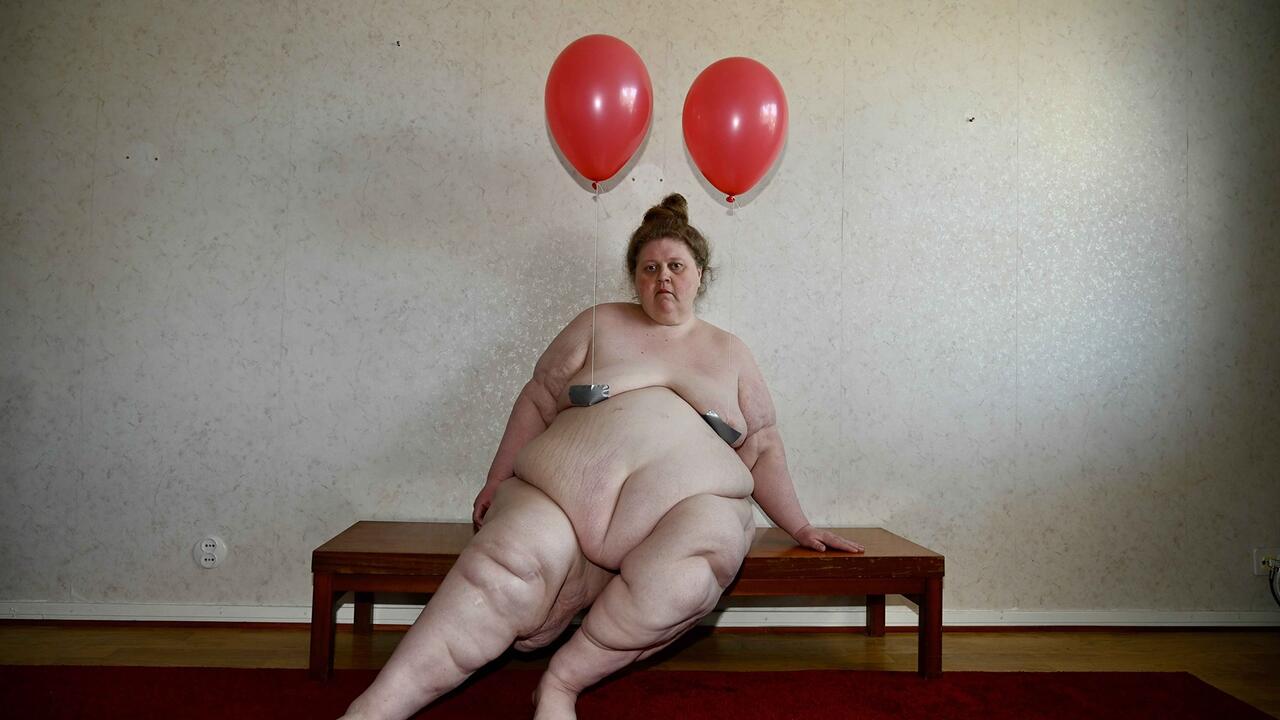Giuseppe Penone
Giuseppe Penone first gained recognition through his affiliation in the late 1960s with Arte Povera, a movement that subsequently cast a long shadow over all of its alumni. While other Italians of his generation were protesting in the demonstrations of 1968, Penone headed for the woods (perhaps heeding Pier Paolo Pasolini’s contemporaneous call for a return to a lost agrarian society) to create works that addressed the relationship between man and nature, and often collapsed the distinction between them. These two exhibitions traced the evolution of Penone’s work from this point – which in the process elided the boundaries between Performance and Land art – up to his most recent works, which employ traditional methods (casting, carving and drawing) and materials (wood, bronze, terracotta and marble) to produce surprisingly innovative results.
The exhibition at Milton Keynes focused on Penone’s use of drawing, primarily through more recent works. ‘The Imprint of Drawing’ (2002–3), also the title of the show, is ten delicate yet vastly enlarged drawings of the artist’s fingerprints, which emanate out from a central indexical mark until they form a topography of Penone’s skin. A more incongruous work in this company was To Reverse One’s Eyes (1970), one of the most iconic images from Penone’s involvement with Arte Povera. The photograph documented Penone wearing mirrored contact lenses, rendering him blind and offering the viewer his sight instead, but its inclusion served to establish a theme of vision and blindness that continued later in the exhibition.
The central gallery was overwhelmed by the barely there Nails (1997–2000), consisting of clay casts with impressions of Penone’s fingernails, supported by shelves torn in the paper lining the walls, while the climax to this exhibition came with Eyelid (1989–91). Composed of 18 chaotically calligraphic sheets that magnified the terrain of the artist’s eyelid and spread across an entire wall, each one was completed by a plaster cast of Penone’s face, with a smudgy fingerprint on the eye, acting as an apotheosis of the themes first presented in To Reverse One’s Eyes. Facing this was Acacia Thorns (Forehead) (2002), an equally epic work, made from a forest of thorns mounted on canvases covered in silk, tracing the furrows of the artist’s brow.
If this exhibition managed to chart a succinct trajectory through Penone’s career, the more expansive and comprehensive exhibition at the Pompidou Centre had more room for error, although it also contained some spectacular set pieces. The first of these was the totemic Cedar of Versailles (2002–3), which occupied the foyer. To create the work the artist hacked away at the trunk of a large tree, exploiting and excavating the growth rings to reveal the sapling inside it. Inside the exhibition, ‘To Repeat the Forest’ (1969–2004) contained an anthology of his ‘Alberi’ (Trees) – industrially cut blocks of timber which Penone has shaped back into their natural state. Stunning in their sheer craftsmanship, they ranged from fragile, wisp-like branches to monumental trunks. From the pastoral to the more perverse, body parts littered the following room in a series of works entitled ‘Casts’ (1972). Taking plaster casts of the artist’s body, including a disembodied foot and a dismembered torso, and projecting a photographic image of his flesh back onto the monochrome surface, the overall effect is ethereal, rather than corporeal, while elsewhere the latex gloves that he used to produce his casts were displayed like a flayed skin or a saintly relic. As an artist based in Turin, an obvious influence on Penone’s work seems to be the city’s celebrated shroud, which has infiltrated his aesthetic.
The next works saw him inserting himself into organic forms. In Potatoes (1977) Penone uprooted and re-planted potatoes in resin casts of his ear, nose and mouth, hoping the vegetables would adopt his own features. The most successful spuds were then cast in bronze and exhibited here with a pile of the genuine articles, playing off ephemeral against eternal. The room devoted to Breaths (1978) presented six large terracotta amphorae, into which the artist immersed and impressed himself, completing each with an impression of the inside of his mouth as he took a mouthful of clay, forming an almost existential cry of pain, piercing their bucolic appearance. The more recent works in the following room, including the baroque and biomorphic ‘Anatomies’ (1993–2000), carved from Carrara marble to reveal the veins of the stone, were less successful than simpler but more effective earlier works such as the ‘Alberi’. The exception was Nails and Candles (1994), which was attractively repulsive with its pile of charred and discarded candles, providing a darker counterpoint for the more poetic element of Penone’s work.
More seductive was the aromatic To Breathe the Shadow (1999), which filled an entire room with bay leaves lining the walls in wire cages, humorously set off by a pair of lungs at the centre, made from bronze casts of leaves. The olfactory element present in the overpowering smell from the leaves was a recurring theme of the exhibition, also created by his use of leather and wax for other works. While many of these works appeared incongruous within their ascetic environment, even at the opening one visitor had managed to leave the best homage to Penone possible – a dirty handprint on the otherwise pristine white wall of the gallery.














